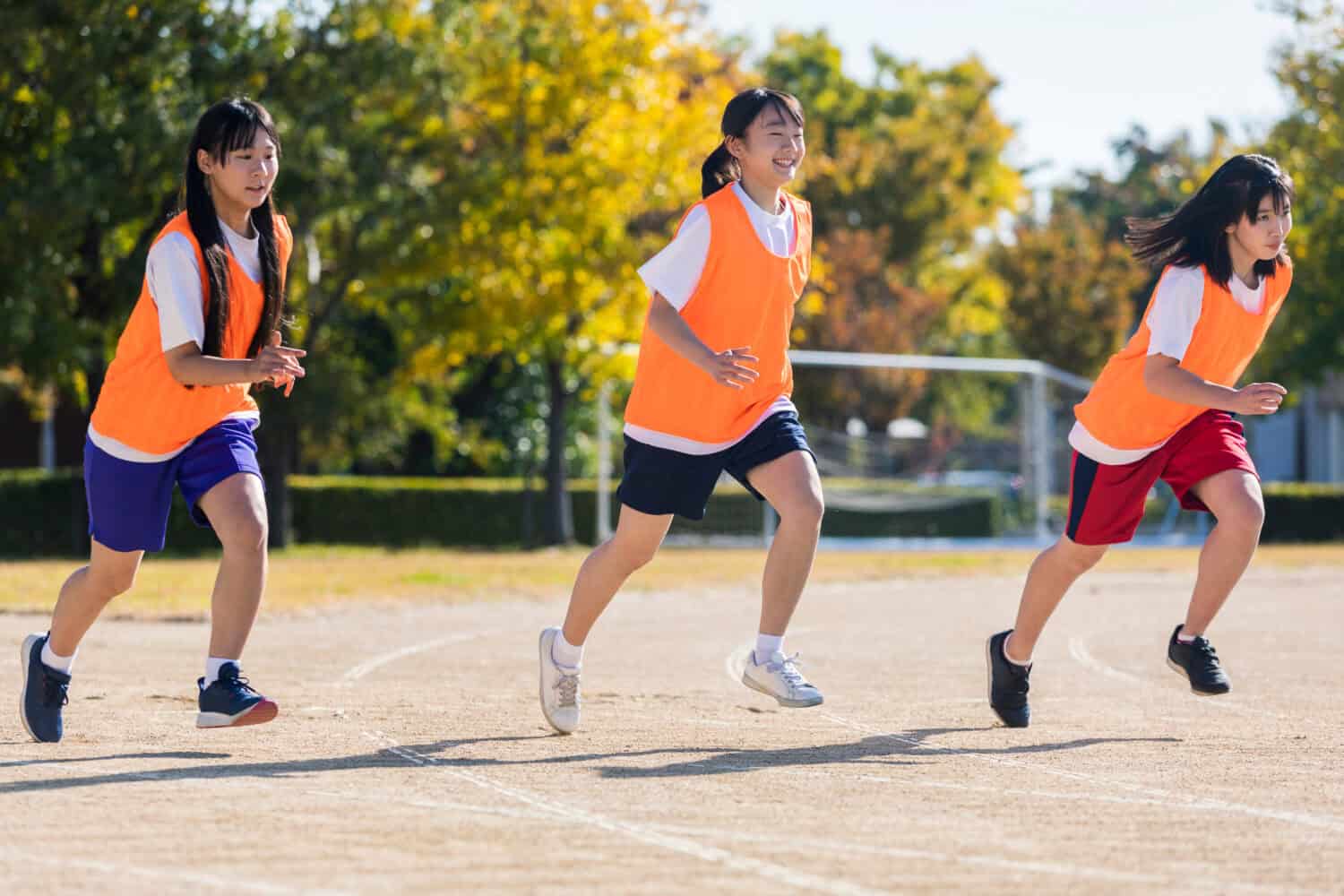What gym class exercises of yesteryear would be off-limits today? Fitness is one of the cornerstones of formative education, or at least was in the 1960s. An initiative started by La Sierra High School in 1962 caught the attention of the nation for a brief period. Today’s guide will be taking a closer look at some of the national fitness expectations versus modern standards.
Pull-Ups

La Sierra had some staggering gym class exercises that were just part of the normal curriculum. Compared to the modern day, it paints a rather astonishing picture of how just fit kids of the 1960s were. An intermediate high school student would be expected to perform 10 pull-ups in a single session circa 1962.
Modern Equivalent
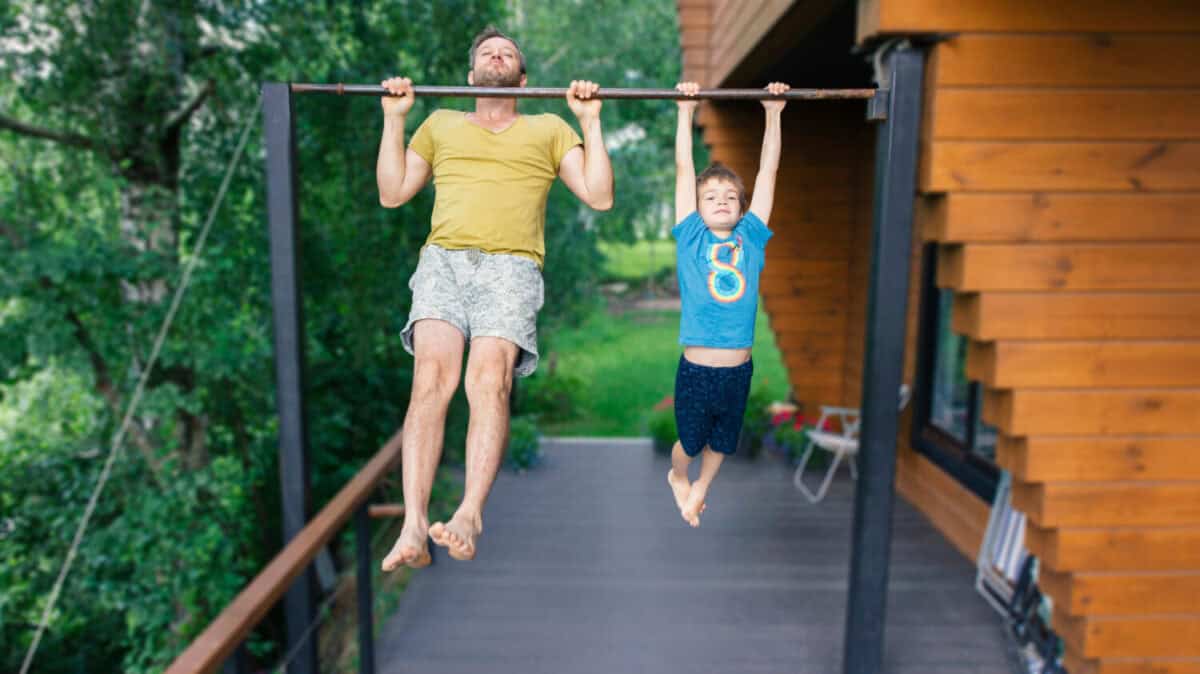
The President’s Fitness Test hasn’t gone anywhere, but the pull-up requirements are entirely optional. Students are given the option of choosing between pull-ups or push-ups. There isn’t a hard requirement to get a passing mark, either. You’ve got no time limit for these gym class exercises, it’s just until the point of failure.
Push-Ups

While the pull-up requirements might seem steep, students would work year-round to improve their rank at gym class exercises. Push-ups had some fairly stringent requirements. You were expected to perform up to 32 in a single session, without a time limit thankfully.
Today’s Guidelines
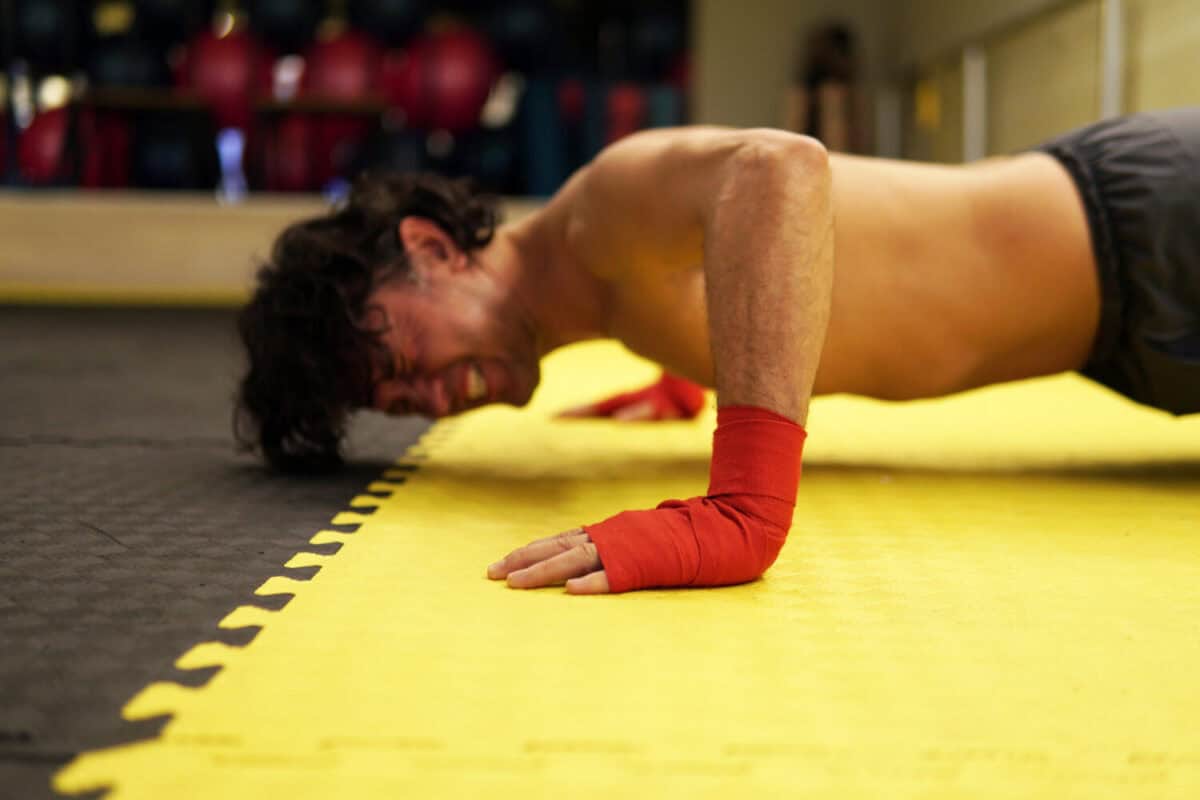
As previously mentioned, today’s students have their choice of gym class exercises for the President’s Fitness Test. Like pull-ups, if a student opts for push-ups they are expected to do as many as they can until the point of failure. After that point, that gets marked in their FitnessGram.
A Mile and a Half Run

The bane of most high schooler’s lives is the track. That said, the teenagers of the 1960s were absolute monsters when it came to running a mile and a half. You were expected to complete the entire run in 10 and a half minutes. This is one of a few gym class exercises with some insane requirements.
Lagging Fitness Standards

The modern fitness test for students still has the run associated with it. However, you aren’t doing a mile and a half, it’s been cut back to just a mile. Students are allowed to walk or run at their own pace, provided they can complete the mile under their power.
Rope Climb
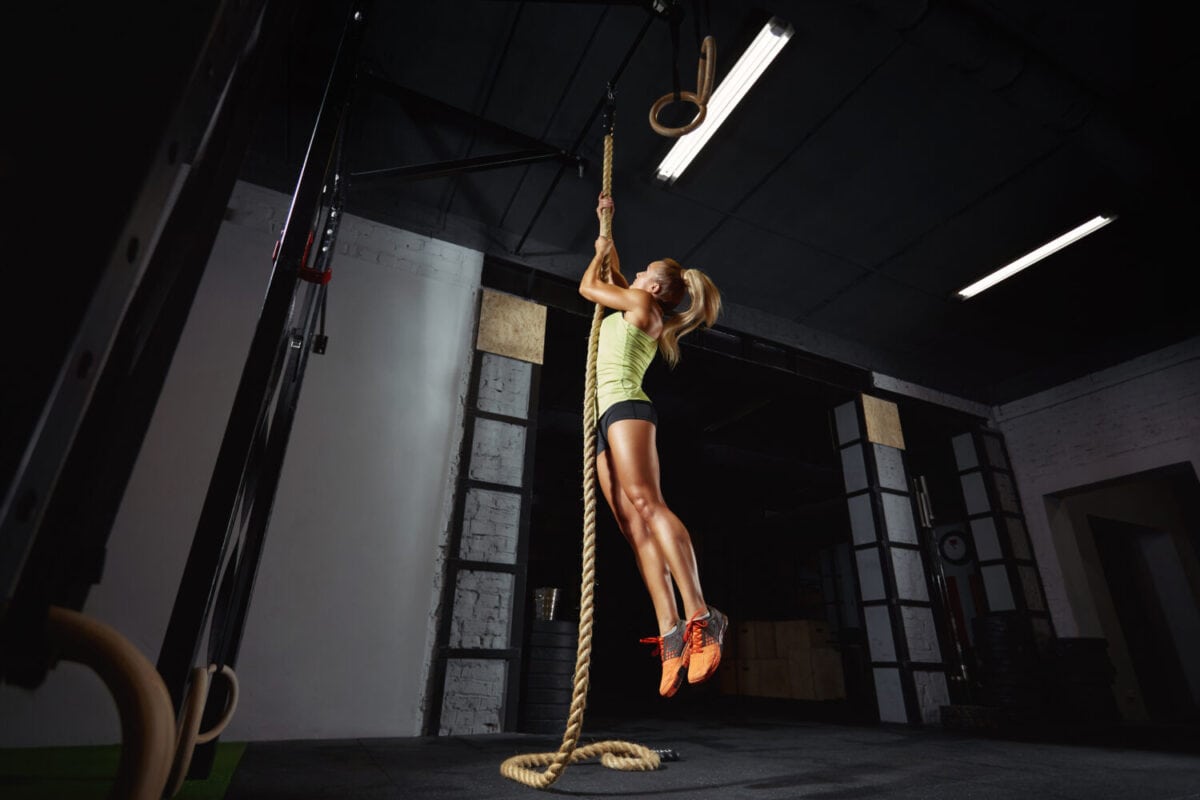
The rope climb is one of those gym class exercises that seemed to have disappeared from schools by the time I made it to high school. That said, high school students of the 1960s were a different breed. With 18 feet of rope to climb, you were expected to complete it just using your hands. This is one of those gym class exercises that is a true test of your upper body strength.
Diminishing Calisthenics at Schools
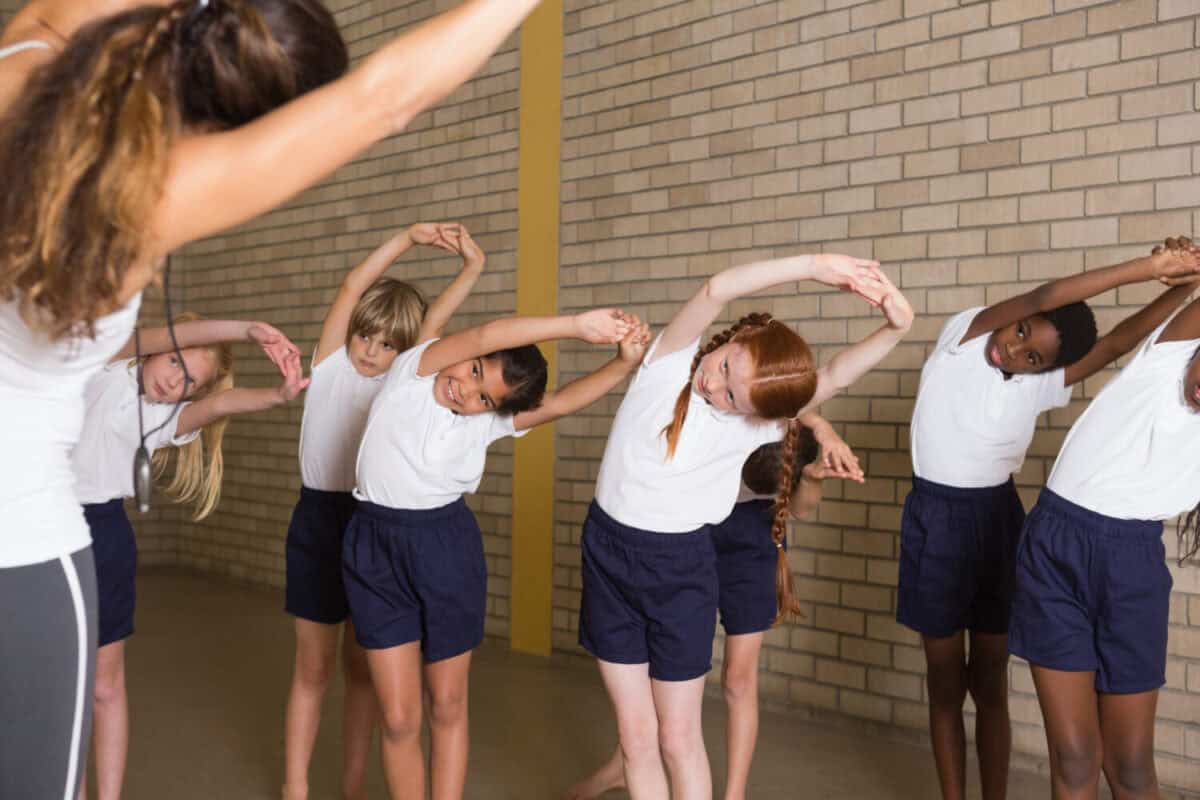
I went through high school during the revised President’s Fitness Test in the early 2000s. As such, there wasn’t any focus on climbing ropes. Further, the test’s scope was greatly diminished, encompassing just basic calisthenics and running.
50-Yard Swim
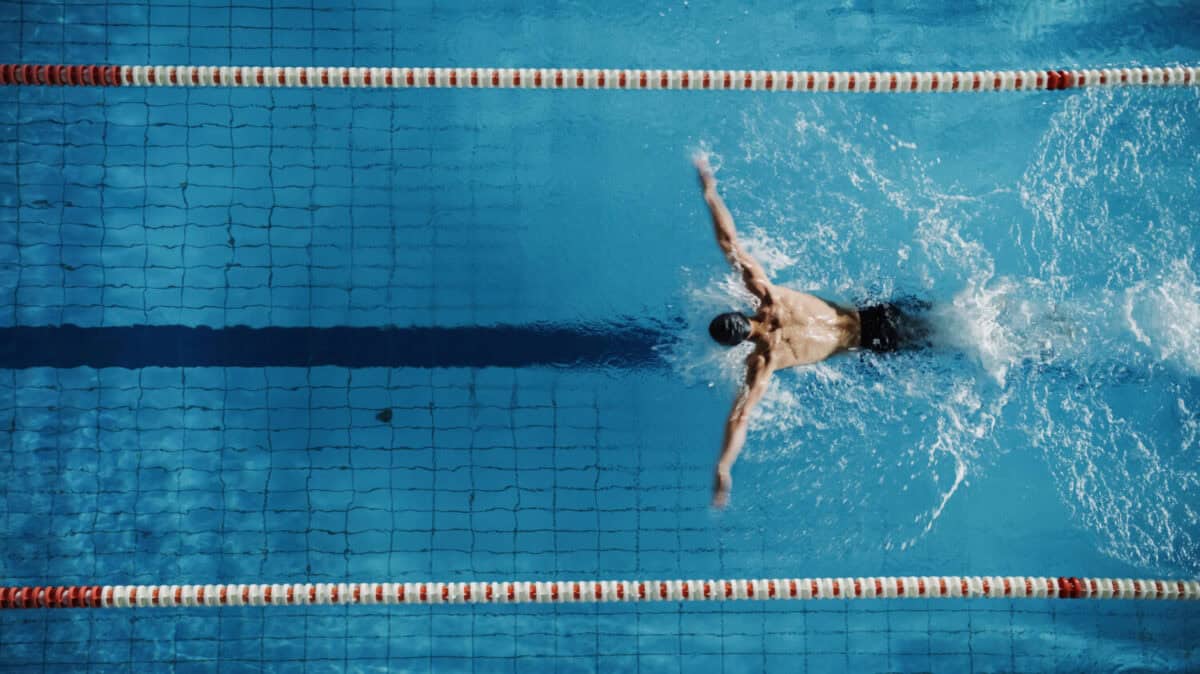
Rounding out our list of physical fitness requirements for 1960s high schoolers is the 50-yard swim. Being comfortable in the water and having basic swimming skills is a must, but this is one of many gym class exercises that went above and beyond. Interestingly, teens were expected to complete a freestyle 50-yard swim in 36 seconds or less.
A Lack of Pools
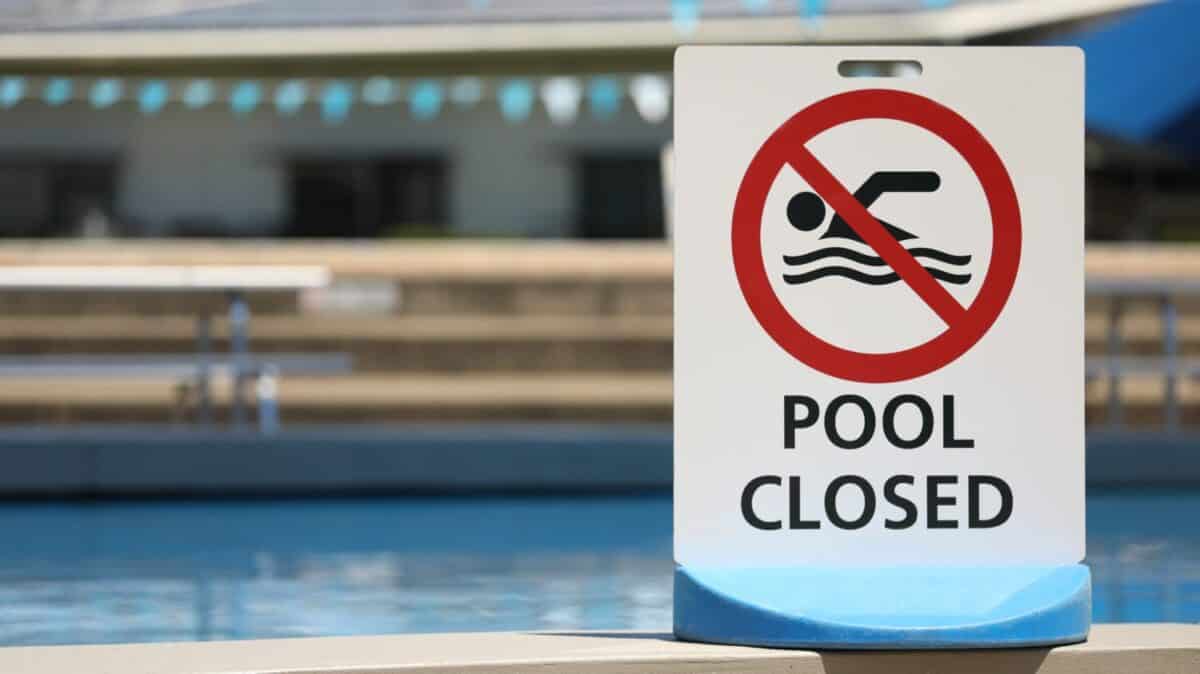
Sadly, my local high school did have a pool, but swim instruction wasn’t part of the physical education requirements. As such, you had to be part of the local swim team to even compete and get more adept at swimming rapidly. Something has been lost, sadly, with the ever-diminishing physical requirements of students.
The image featured at the top of this post is ©milatas/Shutterstock.com.
